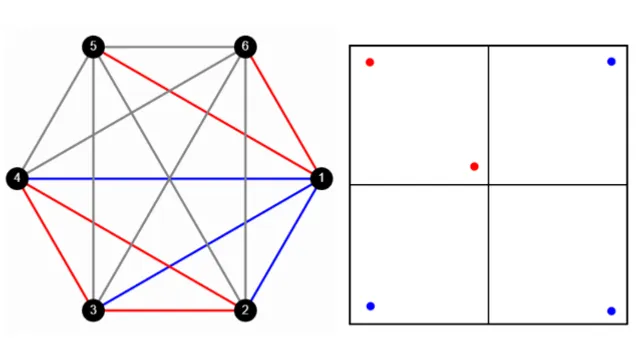The Pigeonhole Principle : Obvious… But Is It?
Audience: undergraduate
Tags: pigeonhole-principle
This exposition explores the Pigeonhole Principle, a deceptively simple yet remarkably powerful tool in discrete mathematics. Through intuitive examples and real-world applications, the document illustrates how this principle guarantees the existence of patterns, repetitions, and collisions in settings ranging from birthday matches and number theory to geometry and graph theory. The project emphasizes the role of the Pigeonhole Principle in non-constructive existence proofs and highlights its surprising reach in mathematics and computer science, all while celebrating the elegance of inevitability in constrained systems.
Analytics
Comments
It’s nice to see a piece of text about simple logical idea that is a really powerful tool for mathematical argumentation.
I guess it has been placed in the video section by accident?
Regarding the presentation, I think it could be improved. It was mainly text with a few formulas and images. In the context of this exposition, I hoped for a more visual experience.
Furthermore, I recommend you to experiment a bit with LaTeX to enhance not only the appearance of the mathematical formulas. It would also improve the overall shape of the text. I found it quite complicated to identify the beginning of a new section and to distinguish headlines for sections and subsections. I would recommend you to NOT use underlined text at all. It is a relict of the age of typewriters, when italics and bold text was not available. It is unaesthetical in digital (and printed) texts (and would be quite difficult to use in LaTeX for a good reason).
Very focused and on-topic. The number of similar examples (to each other) could be slimmed down.
I really loved the variety of problems.it would have been even better if you have added some exercise problems
Very long threads being drawn between a familiar concept and many others, it was interesting to see how lots of different topics were able to be connected, but a bit “boring” in the traditional sense of the word. If i were to give feedback i think this write-up could be made more concise and “exciting”.
While I can’t say any of the examples were particularly novel, I’m really happy to see a written math explainer that’s written to be as approachable as this! I find that lots of written math explainers can be very technical and obtuse to read, but this felt like it had a very good flow to it, and I’d happily share this with some of my less math-y friends.
I liked the overarching theme of “structure appears everywhere” and how you peppered it in throughout the article. That being said, the conclusion felt… maybe a bit close to being smarmy for my liking. It’s not exactly there yet! But I personally would’ve preferred a hair shorter of a conclusion. It’s still pretty well written, all things considered, but I’d try not to make those conclusions any longer.
Good stuff overall! We need more people like you on Stack Exchange.
Beautiful topic
I in general enjoyed the tone of the exposition and felt like it had a good degree of clarity. The pacing seemed good. I did find myself wishing there was more done with visualization.
